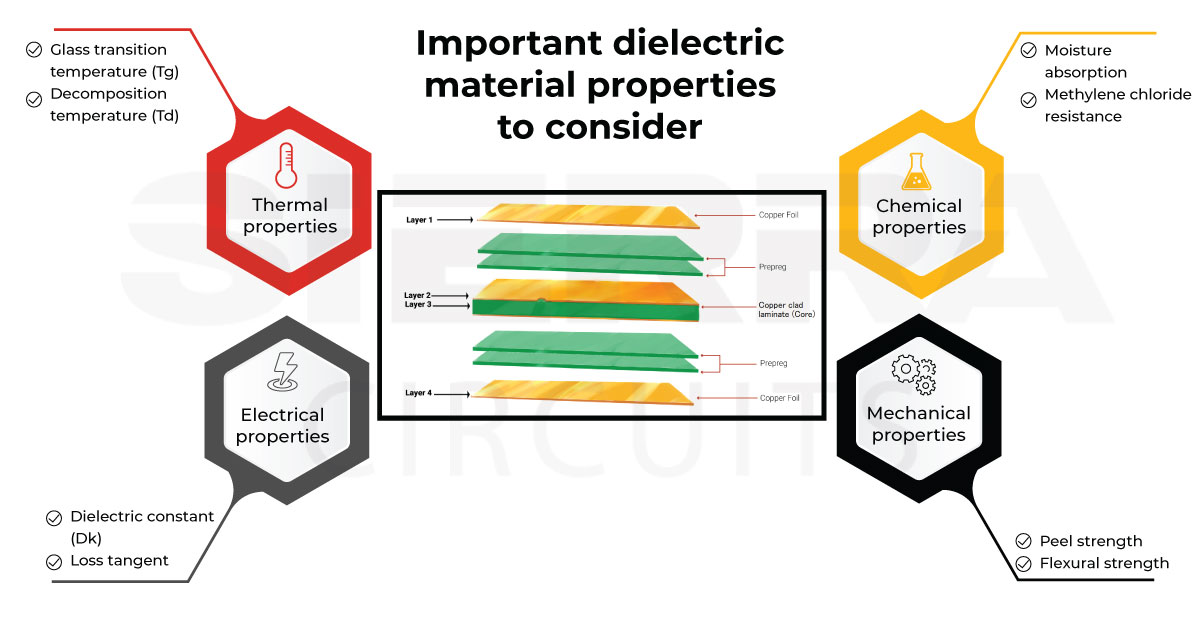shauns87
Junior Member level 1
Is there a way to calculate overall PCB thermal resistance or thermal conductivity of a PCB based on the PCB stackup information? I would like to use this input in thermal analysis of the PCB. Thanks.
Follow along with the video below to see how to install our site as a web app on your home screen.
Note: This feature may not be available in some browsers.
